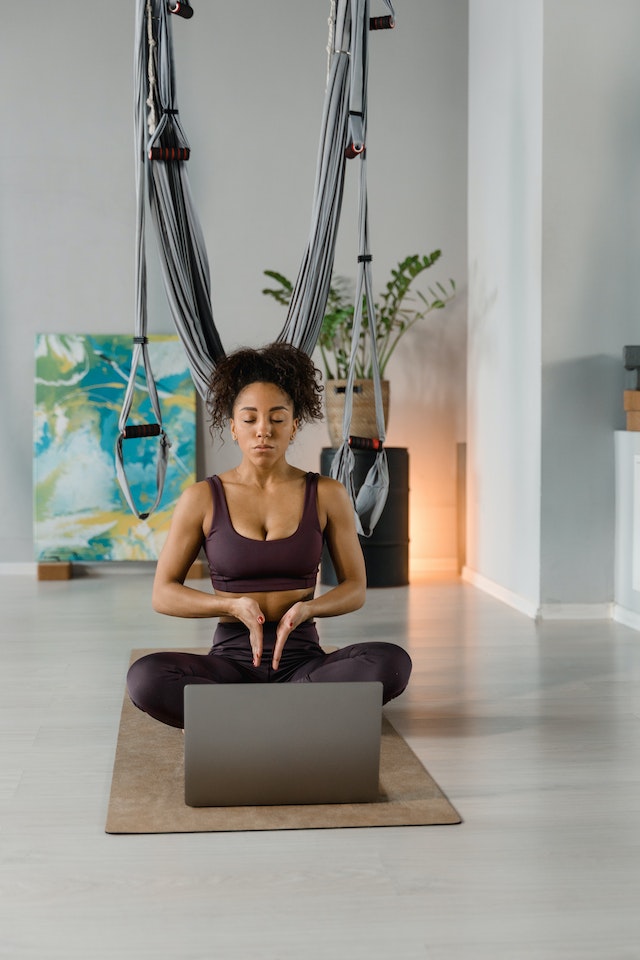
A Lifesaver in Times of Anxiety.
The effects of panic attacks can be crippling, overwhelming, and scary. They frequently happen without notice, trapping people in a loop of worry and anxiety. Fortunately, breathing methods are a simple yet powerful tool that can help manage panic attacks. In this article, we’ll look at how these methods function, why they’re so powerful, and how you may apply them to regain composure under pressure(Panic Attack Breathing Techniques)
The Physiology of Panic Attacks.
For breathing techniques to be effective, it is essential to understand the physiological causes of panic episodes. The body switches into “fight or flight” mode during a panic attack, resulting in a series of stress reactions. Muscles tense up, breathing becomes shallow and fast, and the pulse rate rises. This hyperventilation may make panic attacks worse.
The Role of Breathing in Panic Attacks.
Inadequate breathing is a significant contributor to panic episodes. Dizziness, chest pain, and a sensation of impending doom are symptoms of shallow, fast breathing, which upsets the balance of oxygen and carbon dioxide in the bloodstream. The panicky loop just serves to exacerbate the uncomfortable circumstances.https://newvisionpsychology.com.au/general-counselling/how-to-stop-a-panic-attack/

How Breathing Techniques Help.
Breathing exercises provide a potent remedy for the panicky cycle. You can calm your nervous system by deliberately slowing down and deepening your breath. This will reestablish the proper ratio of oxygen and carbon dioxide. This helps stop the loop and lessens the physical effects of panic.
The Benefits of Deep Breathing.
Numerous advantages of deep breathing, often known as diaphragmatic or abdominal breathing, for controlling panic episodes include:
- It encourages relaxation by stimulating the parasympathetic nerve system of the body.
- It lowers blood pressure and eases muscle tension.
- It improves oxygen flow to the brain, improving mental clarity.
- It gives people a feeling of control during a panic attack, enabling them to regain composure.
Tried-and-Tested Breathing Techniques.
To effectively combat panic episodes, a variety of breathing strategies can be used. Here are a few well-liked examples:
a. The 4-7-8 method
For a count of four, inhale.
For seven counts, hold your breath.
Count to eight while slowly exhaling.
Continue until the situation is back to normal.
b. Box respiration
For a count of four, inhale.
pause for four seconds.
For four breaths, exhale.
Fourth, pause.
Do this cycle again.
Practicing Breathing Techniques.
Practice is necessary to really benefit from breathing techniques during panic episodes. Even if you’re not feeling nervous, regularly include deep breathing into your everyday routine. This will enable you to practice these approaches before panicky situations arise.https://www.verywellhealth.com/breathing-exercise-for-panic-attack-5498745

Seek Professional Help.
While breathing exercises can be very helpful, they cannot take the place of qualified assistance. It’s crucial to speak with a mental health expert if you frequently or severely experience panic attacks so they can create a unique treatment plan for you that may include therapy and medication.
Conclusion.
Although they might be incapacitating, panic attacks don’t have to rule your life. A straightforward yet effective approach for managing and even preventing panic attacks is breathing techniques. You can regain control of your body and mind and make panic attacks less frightening and more manageable by comprehending the physiological causes of fear and the significance of adequate breathing. Remember that while coping with serious anxiety disorders, practice is essential and getting professional advice is always a smart move.https://www.nhsinform.scot/healthy-living/mental-wellbeing/anxiety-and-panic/how-to-deal-with-panic-attacks#:~:text=Breathing%20exercise%20for%20panic%20attacks&text=Try%20this%3A,breath%20and%20each%20out%2Dbreath

